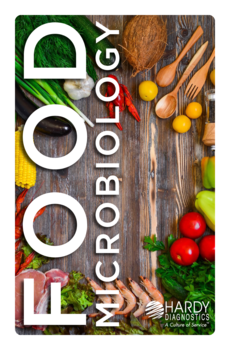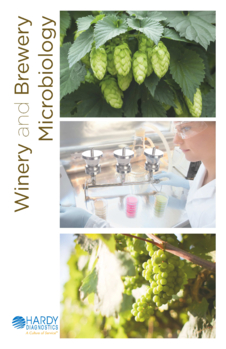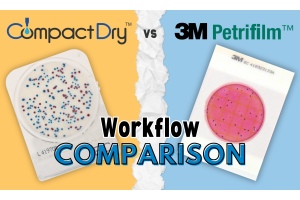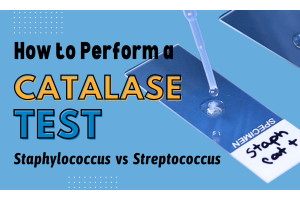You Are What You Eat: The Importance of Environmental Monitoring in Food Processing
Why We Inspect Food Before Consumption, From Contamination to Cause
We have all heard the phrase, “The way to a person’s heart is through their stomach.” While taking that concept with a grain of salt, most people would not want their appetite spoiled with the thought of consuming rotten or tainted food. In the United States, food safety has only been considered for a little more than 100 years due to President Theodore “Teddy” Roosevelt signing in two bills that established federal regulation of food processing.1
According to FDA Reader, environmental monitoring can be described as the “process used in facilities that produce ready-to-eat (RTE) foods that assesses how effectively the plant is being cleaned.”2 This process incorporates several types of testing, including swab samples from various surfaces within the facility. These tests confirm if a processor has implemented adequate disinfection and sanitation protocols, so the food they distribute is safe for the population to consume.
With such a new system in place and an ever-changing set of guidelines to follow on a federal level, environmental monitoring results and processes must be examined closely to make sure you can have your cake and eat it too, so to speak.
A Basic Overview of Why Environmental Monitoring is Necessary in a Food Processing Facility
Microorganisms are always present in food handling environments. These microorganisms are characterized as belonging to two distinct groups: transient and resident. Transient microorganisms are usually introduced into the food environment through raw materials, water and employees. Typically, the routine application of good sanitation practices are able to kill these organisms. However, if contamination levels are high or cleaning procedures are inadequate, transient microorganisms may be able to establish themselves, multiply and become resident.

Organisms such as coliforms, Salmonella spp., and Listeria spp. have a well-established history of becoming residents in food handling environments. Food processors should employ environmental sampling programs to monitor for general levels of hygiene (the efficacy of general cleaning and disinfection for the removal of transient microorganisms and biofilms). Furthermore, indicator testing may be achieved through a variety of methods including visual inspection, ATP monitoring, or the detection of surface protein residues. In addition, pathogen specific environmental sampling should be conducted to monitor for the presence of specific pathogens that may be present as transient or resident microorganisms.

The detection of specific pathogens serves two important roles. First, it highlights the presence of important food pathogens, which may have been introduced into a food-handling environment but may not have been eliminated by routine sanitation practices. Secondly, it assists in determining the sources of pathogens that may be resident.
Sampling should not only be conducted on food contact surfaces, but the evaluation of non-food contact surfaces such as conveyor belts, rollers, walls, drains and air is equally as important as there are many ways in which microorganisms can migrate from non-food contact surfaces to food.
Having High Standards for Your Food
The average consumer most likely assumes that as long as a food or beverage they purchase is on the shelf with an expiration date, they are safe from bacteria and disease. Nevertheless, the type of testing that people should rely on is a more complex matter.
The pyramid showcased to the right reflects several acronyms that tie back to the food processing system. Starting at the bottom, the pyramid references ‘PRP,’ ‘cGMPs,’ and ‘SSOP,’ all of which are associated with terms of practice. A ‘PRP’ is defined as a prerequisite program, a cGMP stands for current good manufacturing practices, and SSOP is short for a sanitation standard operating procedure.2 These quality management tools are the foundation of the food industry and ensure the products are safe for consumption.
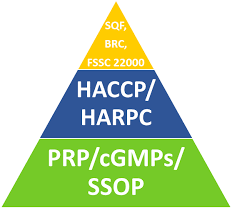
As the pyramid climbs, the similar-looking acronyms of ‘HACCP’ and ‘HARPC’ come to light. While they are both vital processes in food testing, they also are considered regulatory actions. When the Food Safety Modernization Act (FSMA) became law in the United States in 2011, it required all food facilities that are subject to the legislation administer a ‘Hazard Analysis and Critical Control Point.’ HARPC is close to what a HACCP does; its main difference is that it is geared to find potential threats and risks in food to then prevent future contamination.3
At the top of the pyramid lies three manufacturing schemes for food processing. ‘BRC’ stands for the British Retail Consortium, which follows a group of worldwide standards for safety, like process requirements and hygienic control. The ‘FSSC 22000’ is owned by the Foundation for Food Safety Certification. It brings the requirements of the ISO 22000 Food Safety Management Standard and the Publicly Available Specification 220 together. The scheme is typically used by food manufacturers that provide their goods to major retailers. Lastly, the ‘SQF’ standards for Safe Quality Food 2000 Standard, which applies to both manufacturing and distribution. This system reassures consumers that food is meeting both domestic and international requirements before heading out to stores.4
When Did Safety Procedures Become Relevant in Food Processing?
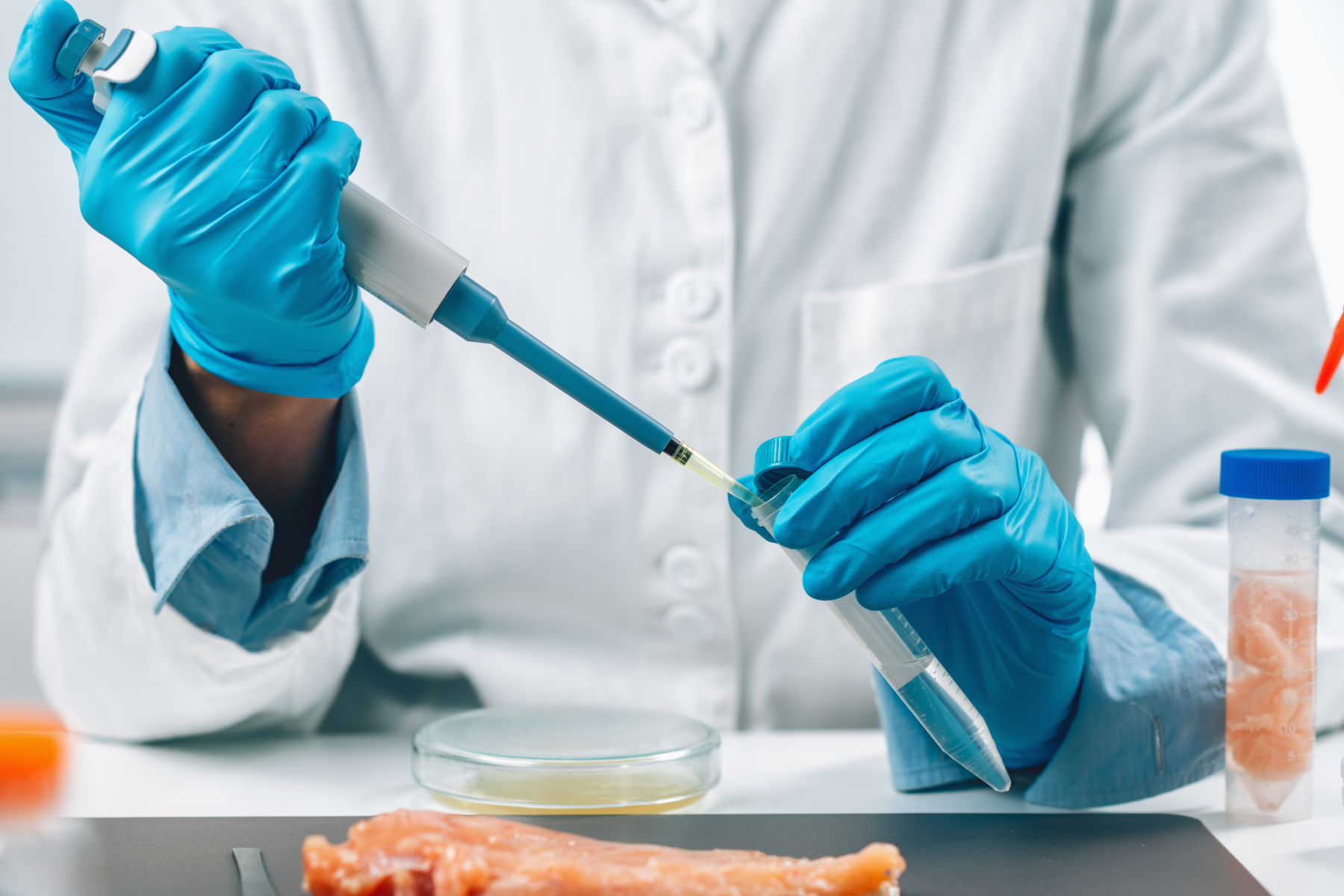
The history of environmental monitoring and testing in food processing within the United States actually started with standardizing drugs. According to the FDA’s timeline of U.S. Food and Drug Law, the first step to food safety was in 1820 when 11 physicians met and created the U.S. Pharmacopeia. This became the first collection of what many refer to as standard drugs within the nation.5
Fast forward nearly 90 years later to the passage of the Food and Drugs Act of 1906, which was signed by President Theodore Roosevelt. The legislation banned the transporting of food and drugs that were considered “misbranded or adulterated.”6 The Meat Inspection Act was also passed on that same day.
The Food and Drug Administration (FDA) was technically founded in 1927, but got its official name that citizens know it as today in 1930 due in part to an agricultural appropriations act.
As the decades go by, the FDA implements dozens of new acts in order to keep up with the food safety practices of the time. In 1997, the Food and Drug Administration Modernization Act puts some of the strictest requirements into effect since the late 1930s. These measures included review of devices, regulation of advertising improper uses of standard drugs, and monitoring what companies would promote about their foods.
Regulations for food processing facilities are constantly changing in order to keep the consumer safe, and it is up to the plants to follow the guidelines as they adapt to modern times.
Hardy’s Solutions for Environmental Monitoring
TRIO.BAS™ Microbial Air Samplers
TRIO.BAS™ Air Samplers are the next generation of impact air samplers designed for viable airborne particle sampling in a cleanroom setting or general production environment. The lines features several different models: MINI, MONO, DUO, AIRBIO DUO, TRIO, MULTIFLEX 1 + 2, RABS ISOLATOR, and TRIO GAS.
EnSURE™ Touch Monitoring System
The EnSURE™ Touch by Hygiena is another reliable option Hardy offers in environmental monitoring testing for the food and beverage industry. It functions just like a smartphone, complete with a shatter-proof touchscreen to ease the instructions of use for labs. The convenient device verifies the sanitation of surfaces, liquids, and product testing in a matter of just ten seconds for ATP testing, Escherichia coli, coliform, and total microbial load indicator tests. Its testing capabilities meet FSMA, GFSI, and ISO standards while storing all records through the SureTrend Cloud™ software program.
LOK-TIGHT™ Contact Plates for Surface Sampling
Hardy Diagnostics manufactures contact plates for surface sampling that include a variety of agar media for selective and differential isolation of flat surfaces. The LOK-TIGHT™ line is a great way to sample and subsequently transport surface samples to a laboratory for further testing and includes various media types.
By Kelly Brickey, Digital Marketing Specialist I
Jessa Youngblood, Food and Beverage Marketing Coordinator
Revised in December 2023 by Cierra Benavidez, Digital Marketing Lead
Available Support for Food Processing Laboratories

At Hardy, we are here to help with your environmental monitoring needs. From a full line of environmental testing swabs to the most advanced air sampling systems available, Hardy is a compliance partner with the experience and expertise you need.



